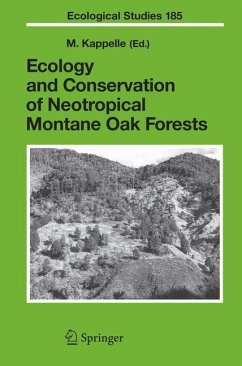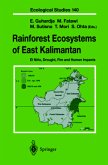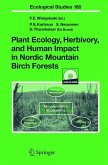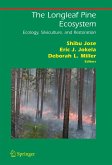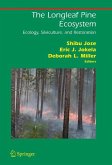Today, mid- and high-elevation belts in the American Tropics still support montane evergreen broad-leaved oak (Quercus) forests.They range from r- atively dry woodlands to extremely wet cloud forests,and may occur either as pure monotypic stands sometimes with giant oaks up to 60 m tall or as mixed-species systems in which oak co-occurs with other predominant g- era such as pine (Pinus) and sweetgum (Liquidambar). They are found throughout southern Mexico, Central America and the Colombian Andes,and form a major component of the American Tropics ecoregions, biodiversity hotspots,and centers of plant diversity. Their biological richness, expressed in the large variety of trees, shrubs, epiphytic orchids and bromeliads, ferns, bryophytes, lichens and fungi, is indeed striking. Even animal life is astonishing: the avifauna is among the greatest worldwide,with the mythical Resplendent Quetzal as its most beau- ful representative. Large mammals such as jaguar, puma, tapir, peccary anddeer still roam around in considerable quantities.In terms of biogeochemical cycling,most of these forests,and especially the oak cloud forests filter large air masses.They capture and incorporate water and nutrients from mist and fog into their cycles,providing nascent rivers with clear fresh water. Originally, these montane oak forests were widely distributed. However, since the early 1800s,large oak forest areas in the highland Neotropics have made way for coffee plantations and pastures. Today,only few intact blocks remain while most forests are fragmented,suffering from severe disturbance.
From the reviews:
"This volume is a highly valuable, almost complete contribution to the study of these widespread oak mountain ecosystems. ... The present volume synthesises an impressive amount of data and information in many ways. It provides a very sound basis for future research ... . In general, it is a remarkable volume of the 'Ecological Studies' series, which would deserve a wider distribution." (Siegmar-W. Breckle, Phytocoenologia, Vol. 37 (2), 2007)
"This book summarizes current knowledge about neotropical montane oak ecosystems. ... This book will be great value to managers, researchers, teachers, and students who work in the Americas neotropical montane region. It also will be valuable to ecologists, forest managers, and researchers throughout the world ... ." (Brain Roy Lockhart, Mountain Research & Development, Vol. 27 (3), 2007)
"This volume is a highly valuable, almost complete contribution to the study of these widespread oak mountain ecosystems. ... The present volume synthesises an impressive amount of data and information in many ways. It provides a very sound basis for future research ... . In general, it is a remarkable volume of the 'Ecological Studies' series, which would deserve a wider distribution." (Siegmar-W. Breckle, Phytocoenologia, Vol. 37 (2), 2007)
"This book summarizes current knowledge about neotropical montane oak ecosystems. ... This book will be great value to managers, researchers, teachers, and students who work in the Americas neotropical montane region. It also will be valuable to ecologists, forest managers, and researchers throughout the world ... ." (Brain Roy Lockhart, Mountain Research & Development, Vol. 27 (3), 2007)

